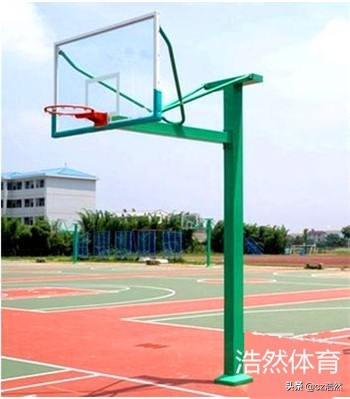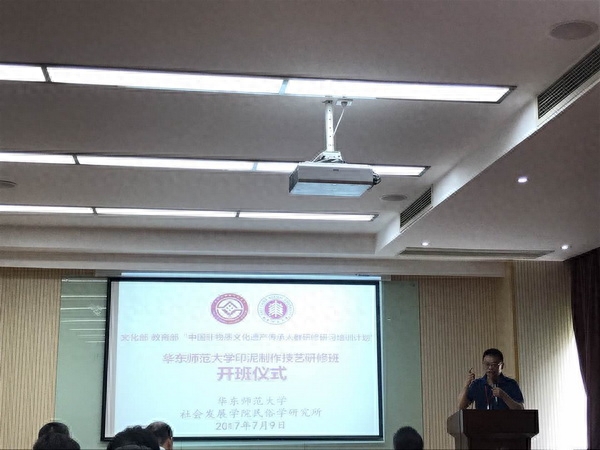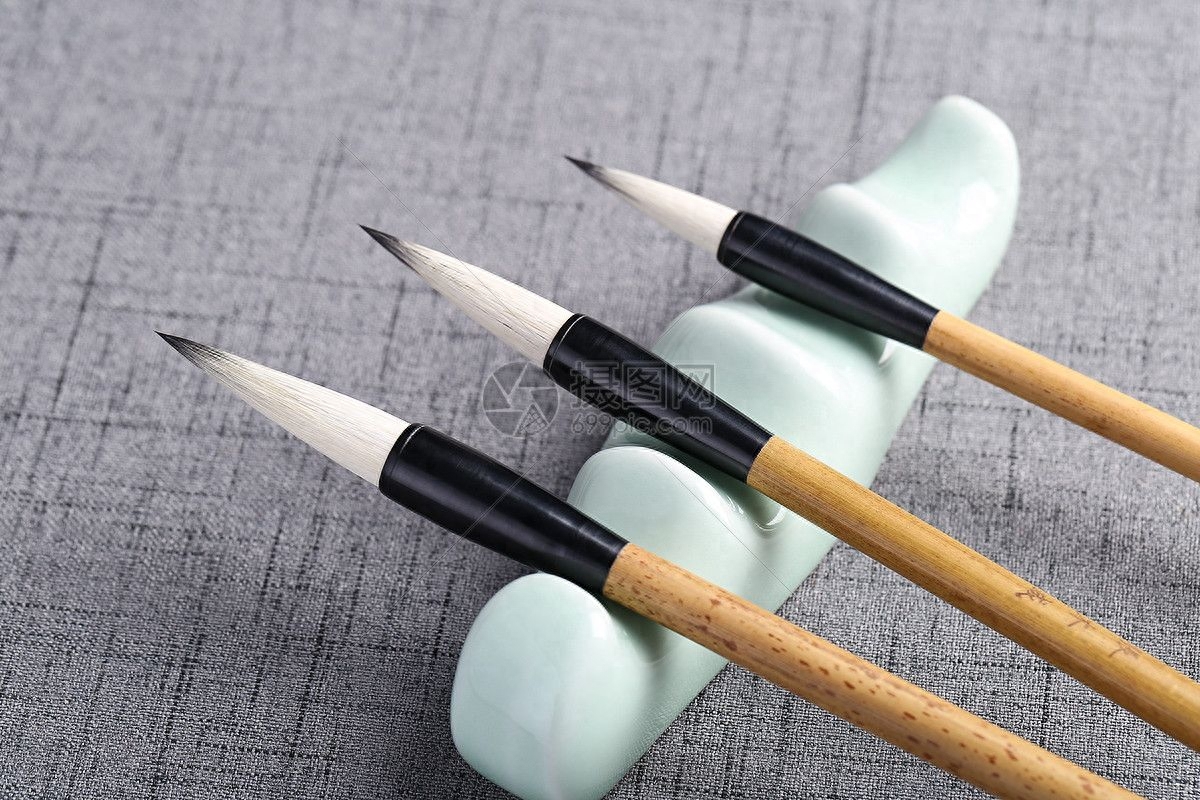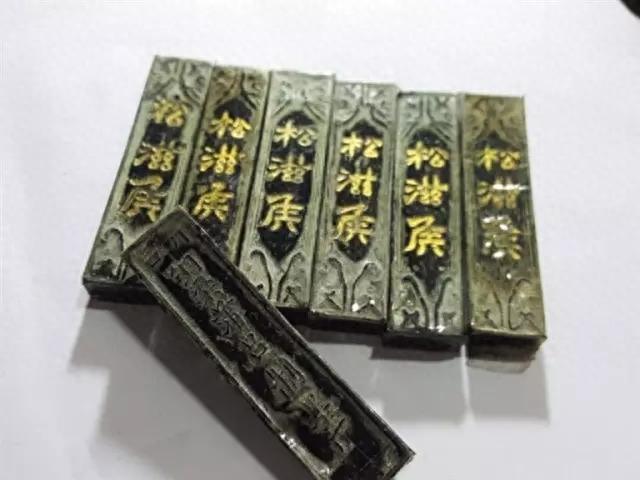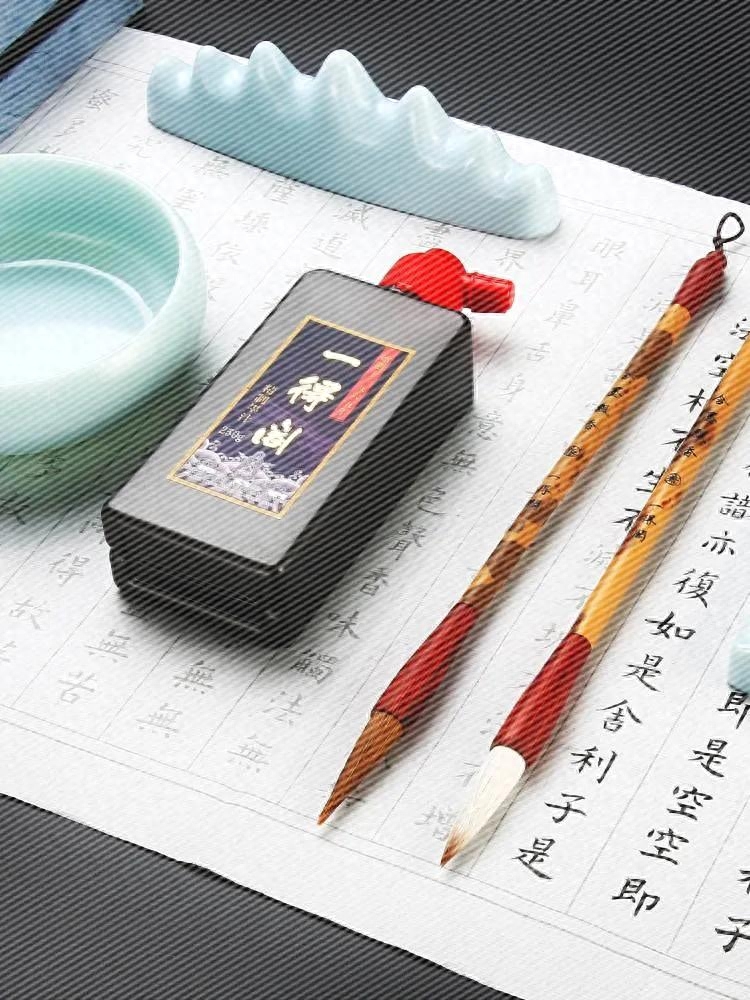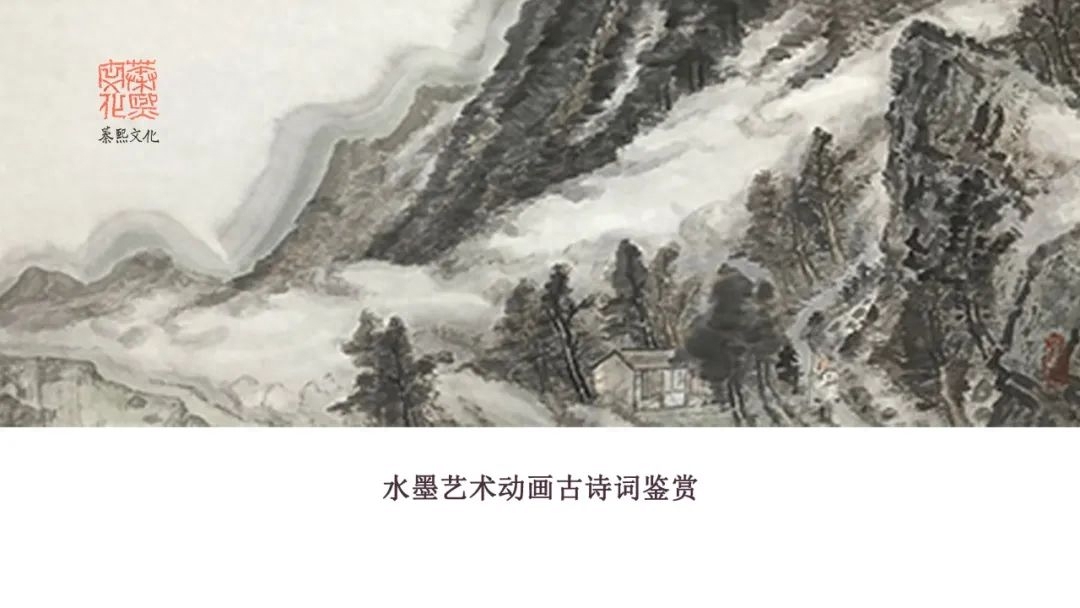让世界了解中国文化:文房四宝(中英文)
光军语言文化:笔、墨、纸、砚作为中国古代传统文化中的书法和绘画工具,现代人依然乐于陶醉在先辈们传承的独特艺术韵味之中。今天我们简单聊聊文房四宝的话题。

本期话题:笔墨纸砚 The writing brush, ink stick, ink stone, and paper
笔墨纸砚是中国古代文人书房当中必备的宝贝,被称为"文房四宝"。用笔墨书写绘画在中国可追溯到五千年前。秦时已用不同硬度的毛和竹管制笔;汉代以人工制墨替代了天然墨;有了纸张以后,简牍锦帛逐失其用;砚台则随笔墨的使用而发展。 "文房四宝"到宋朝以后特指湖笔、徽墨、宣纸、端砚。可以说文房四宝书写了整个中华文明。
The writing brush, ink stick, ink stone, and paper were requisite treasures in the study of the scholars of ancient China, and they are often referred to as the "Four Treasures of the Study." The writing brush and ink stick have been used by the Chinese to write and paint since 5,000 years ago. In Qin Dynasty (221BC---206BC), people already used feathers of different hardness and bamboo trunks to make brushes. During Han Dynasty (206BC-220AD), man-made ink was used instead of natural ink. After paper was invented by the Chinese, bamboo slips, wooden tablets, brocade and silk, which originally functioned as writing surfaces, gradually faded out. The ink stone was first developed with the use of writing brushes and ink. After Song Dynasty (960AD---1279AD), the "Four Treasure of the Study" particularly referred to hubi, the writing brush produced in Huzhou, Zhejiang province; huimo, the ink stick produced in Huizhou, Anhui province; xuan paper, a kind of paper produced in Xuanzhou, Anhui province; and duanyan, the ink stone made in Zhaoqing, Guangdong province (Zhaoqing was earlier called Duanzhou). Indeed, the Four Treasures of the Study" have written the whole Chinese civilization, as it is.

感谢关注头条号光军语言文化,欢迎补充您的见解和高评!
[注:本文部分图片来自互联网!未经授权,不得转载!每天跟着我们读更多的书]
互推传媒文章转载自第三方或本站原创生产,如需转载,请联系版权方授权,如有内容如侵犯了你的权益,请联系我们进行删除!
如若转载,请注明出处:http://www.hfwlcm.com/info/240294.html

